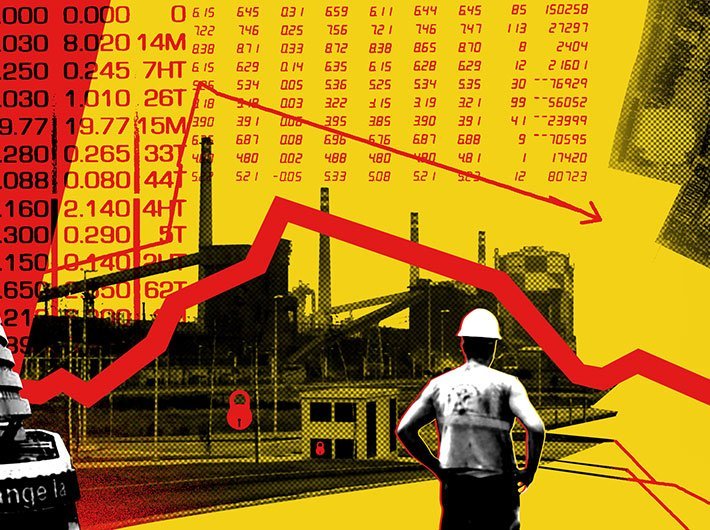In India, growth slowed for the fifth consecutive quarter to 5.7 percent (year-on-year) in the first quarter of FY2017/18
The growth in South Asia slowed to a still strong 6.5 percent in 2017, in part reflecting businesses’ adjustment in India to the country’s new Goods and Services Tax and to the adverse impacts of natural disasters across the region, said the World Bank’s Global Economic Prospects.
India is estimated to grow 6.7 percent in fiscal year 2017/18, which ends March 31, slightly down from the 7.1 percent of the previous fiscal year. This is due in part to the effects of the introduction of the Goods and Services Tax, but also to protracted balance sheet weaknesses—including corporate debt burdens and nonperforming loans in the banking sector—weighing down private investment.
In neighbouring Pakistan, growth is forecast to tick up to 5.5 percent in FY 2017/18, which ends June 30, with strong activity in construction and services, a recovery in agricultural production, and robust domestic demand supported by strong credit growth and investment projects. However, the current deficit widened to 4.1 percent of GDP, amid weak exports and buoyant imports.
As far as the outlook is concerned, the growth in the region is forecast to accelerate to 6.9 percent in 2018. Consumption is expected to stay strong, exports are anticipated to recover, and investment is on track to revive as a result of policy reforms and infrastructure upgrades.
India is expected to pick up to 7.3 percent growth in FY 2018/19, which begins April 1, and to 7.5 percent in FY 2019/20, supported by strong private consumption and public spending on wage increases and infrastructure investments. Private investment is expected to revive as the private sector adjusts to the Goods and Services Tax and a global trade recovery lifts exports, said the report.
Excluding India, growth in the region is projected to pick up to 5.8 percent in 2018 and to 5.9 percent the following year as domestic demand remains robust and exports recover. Pakistan is expected to accelerate to 5.8 percent in FY 2018/19, which begins July 1. Bangladesh will grow at 6.7 percent in FY 2018/19, benefitting from strong domestic demand and strengthened exports. Sri Lanka is forecast to accelerate to 5 percent in 2018, mainly reflecting strong private consumption and investment growth.
Risks to the outlook are mainly domestic. Setbacks to reform efforts in the corporate and financial sectors, disruptions due to natural disasters, and challenges that weaken domestic demand could subdue growth prospects. Increasing liabilities across the region could also derail fiscal consolidation efforts, with weaker debt sustainability dampening financial market confidence. Externally, an upswing in global financial volatility could slow growth. However, on the upside, stronger-than-expected global growth could result in faster growth than anticipated in the more open economies in the region.
The report went on to say that in India, growth slowed for the fifth consecutive quarter to 5.7 percent (year-on-year) in the first quarter of FY2017/18 (April-June 2017), partly reflecting adjustments by businesses to the prospective introduction of the GST in July 2017.
In addition, protracted balance sheet weaknesses— in particular, a corporate debt overhang and elevated non-performing loans in the banking sector—continued to weigh on already weak private investment. Weak private investment was only partly mitigated by a public infrastructure investment push and a surge in current expenditures after recent public pay hikes.
In the second quarter of FY2017/18 (JulySeptember 2017), the slowdown in economic activity bottomed out by a still weak 6.3 percent (year-on-year) growth. The manufacturing Purchasing Managers’ Index (PMI) and industrial production growth remained broadly expansionary after they temporarily weakened as producers reduced inventories amid uncertainty relating to the implementation of the GST.
The report said that despite a recent uptick, inflation remained within the Reserve Bank of India’s (RBI) target band of 2-6 percent, following a steady decline over the past year to 1.3 percent in July amid weak food prices.
Fiscal consolidation has continued in the central government, but subnational fiscal deficits have risen, partly reflecting debt payments taken over through Ujwal Discom Assurance Yojana (UDAY) and a broader shift in public expenditures from central to state governments, and recent public pay hikes, it added.
Read: World Bank’s Global Economic Prospects South Asia region
